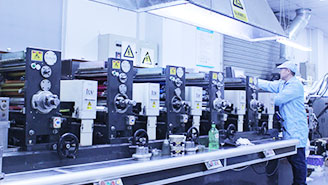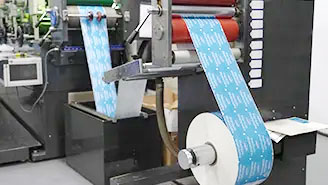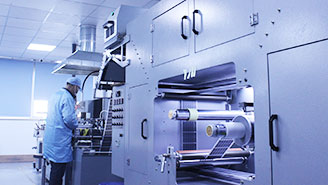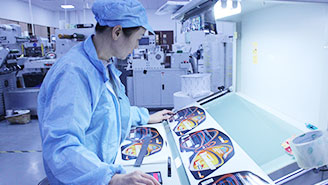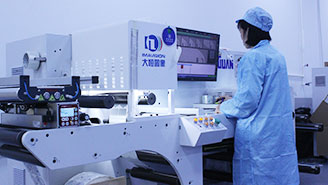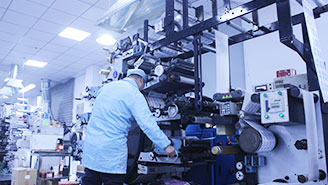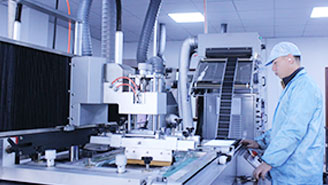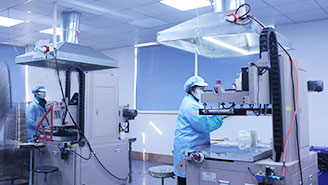
Vincentzeng
Leave a messageMaterial:Aluminum,Stainless steel
Thickness:0.2mm-0.8 mm
Structure:Metal plate+Adhesive(Foam)
Main Process:Printing+Emboss ( Deboss )+ Forming+Die cut+Adhesive assembly
Badges are a form of identification that is worn or displayed to indicate affiliation, achievement, or recognition. They have been used for centuries to distinguish individuals in various contexts, such as military, sports, and corporate settings. In this article, we will explore the history, significance, and types of badges, as well as their modern-day applications.
The use of badges dates back to ancient times. In ancient Egypt, badges were used to denote different ranks within the military and to show allegiance to a particular pharaoh. In the Roman Empire, soldiers wore badges on their uniforms to showcase their achievements and to instill a sense of pride and belonging within the troops.
During the Middle Ages, badges were used by knights to identify themselves on the battlefield and to display their noble lineage. These badges typically consisted of a family crest or a symbol representing the knight's loyalty to a particular lord or monarch. In addition to their functional purpose, these badges were also seen as symbols of honor and chivalry.
In the modern era, badges have become ubiquitous in various domains. In the military, badges are awarded to soldiers to signify their specialized training, combat experience, and rank. These badges not only serve as a source of pride for the individual but also help to establish a hierarchical structure within the armed forces.
Badges have also found their way into the world of sports. In team sports such as soccer or basketball, players wear badges with their team's logo or emblem to display their affiliation. These badges not only foster team spirit but also allow spectators to easily identify and support their favorite players or teams. Additionally, badges are often given to athletes who achieve exceptional performance or break records, thereby recognizing their accomplishments and motivating others to strive for excellence.
In the corporate world, badges are commonly used as a means of identification or access control. Employees wear badges with their names and job titles to facilitate interaction and establish a professional identity within the organization. Furthermore, badges containing electronic chips or barcodes are used to control access to restricted areas or track employee attendance. These badges serve as a visual representation of authority and help to maintain security within the workplace.
Besides their practical applications, badges also have symbolic significance. They serve as tangible reminders of one's achievements, affiliations, or contributions. Whether it is a school honor badge, a military medal, or a professional certification badge, these symbols of recognition carry sentimental value and act as a source of motivation for individuals to strive for further success.
In recent years, the rise of digital technology has expanded the concept of badges beyond their physical form. Digital badges, also known as open badges, are virtual representations of achievements or skills that can be displayed online, such as on social media profiles or personal websites. These digital badges can be earned for completing online courses, mastering specific skills, or participating in community activities. They serve as a means of showcasing one's expertise and accomplishments in the digital realm.
In conclusion, badges have a rich history and continue to hold significant meaning in today's society. Whether they are worn on uniforms, displayed in digital portfolios, or used for access control, badges serve as symbols of affiliation, achievement, and recognition. They not only provide individuals with a sense of identity and belonging but also act as motivators for further success. So next time you see someone wearing a badge or earn one yourself, remember the profound significance it carries.
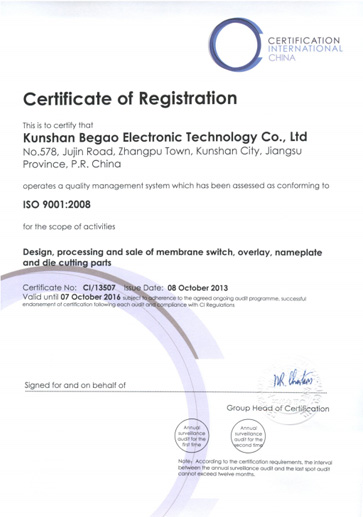


13+ years experience work for membrane switch, overlay and nameplate products for our team.
One-stop process for membrane switch&product identification
Fully technology support from design to Mass Production.
Keep Improving by Quality First &Best Service to exceed customer’s expectations
Rapid Prototype Membrane Switches and Overlays by Fully automatic digital printing equipment + Automatic digital cutting prototype machine
5-7 days from design for approval.
Fully automatic digital printed graphics
Fully automatic digital die cut size
Automatic Screen printed graphics
Automatic Rotary printed graphics
Transparent tinted window options
Additional components such as rubber keypad assemblies
Backlighting options such as Light Guide Plate (LGP),Light Emitting Diodes (LED)
The company integrates design, research and development,manufacture and sales as one of the comprehensive enterprise.
Kunshan Begao Electronic Technology Co., Ltd. specializes in the design and production of membrane switch, overlay, flexible switch, label&Nameplate and capacitive touch circuit products. We Have a 100,000-level standard dust-free workshop, imported professional production equipment and a technical team with an experience of more than 10 years in the industry.
And we have acquired ISO9001:2008 international quality system and more than 18 professional technology patents and all the materials used meet the RoHS test standards.

Establish a stable and cooperative relationship with well-known domestic and foreign electronics enterprises such as: Sensata, Flextronics, Joyoung,Leadman, Zola, Zoomlion
